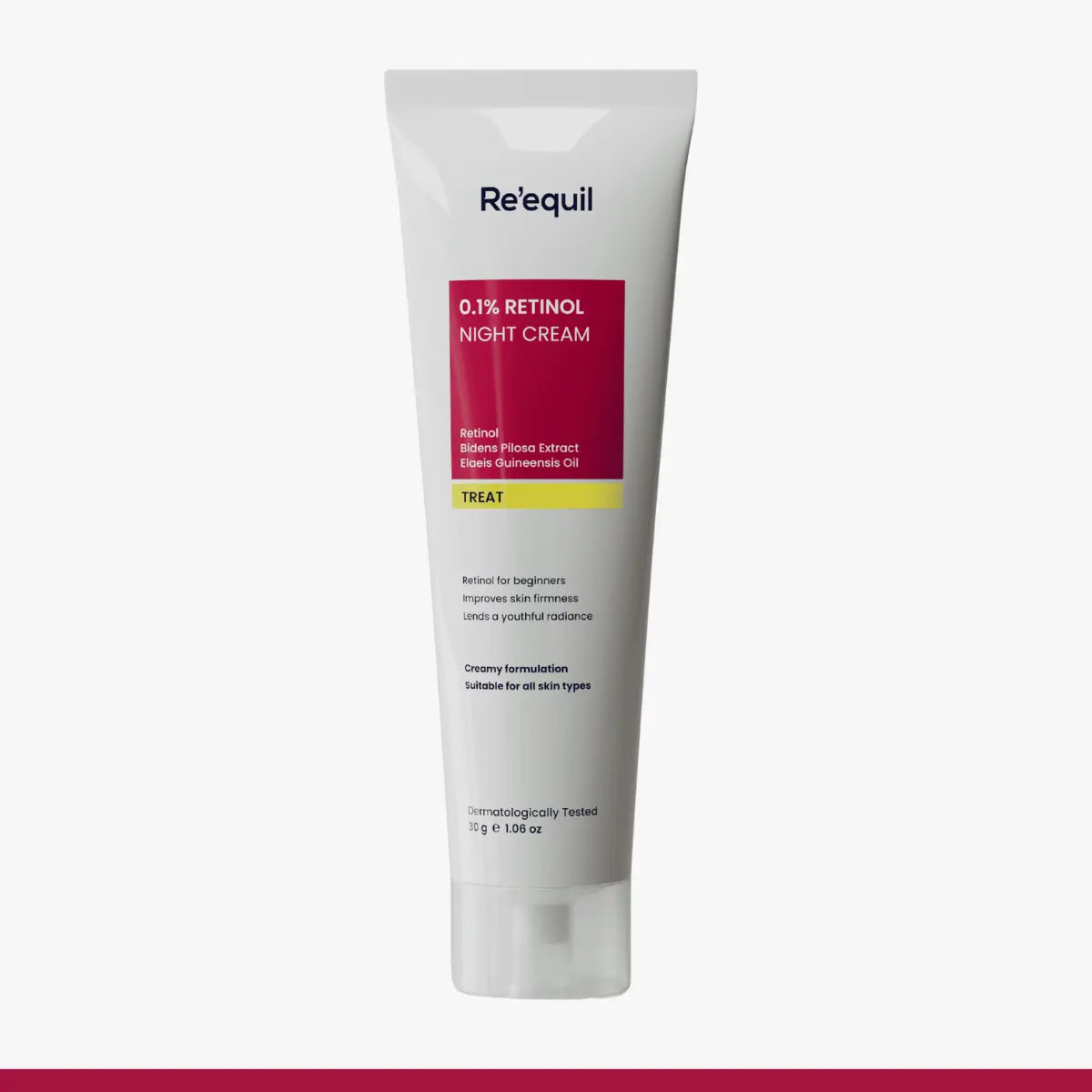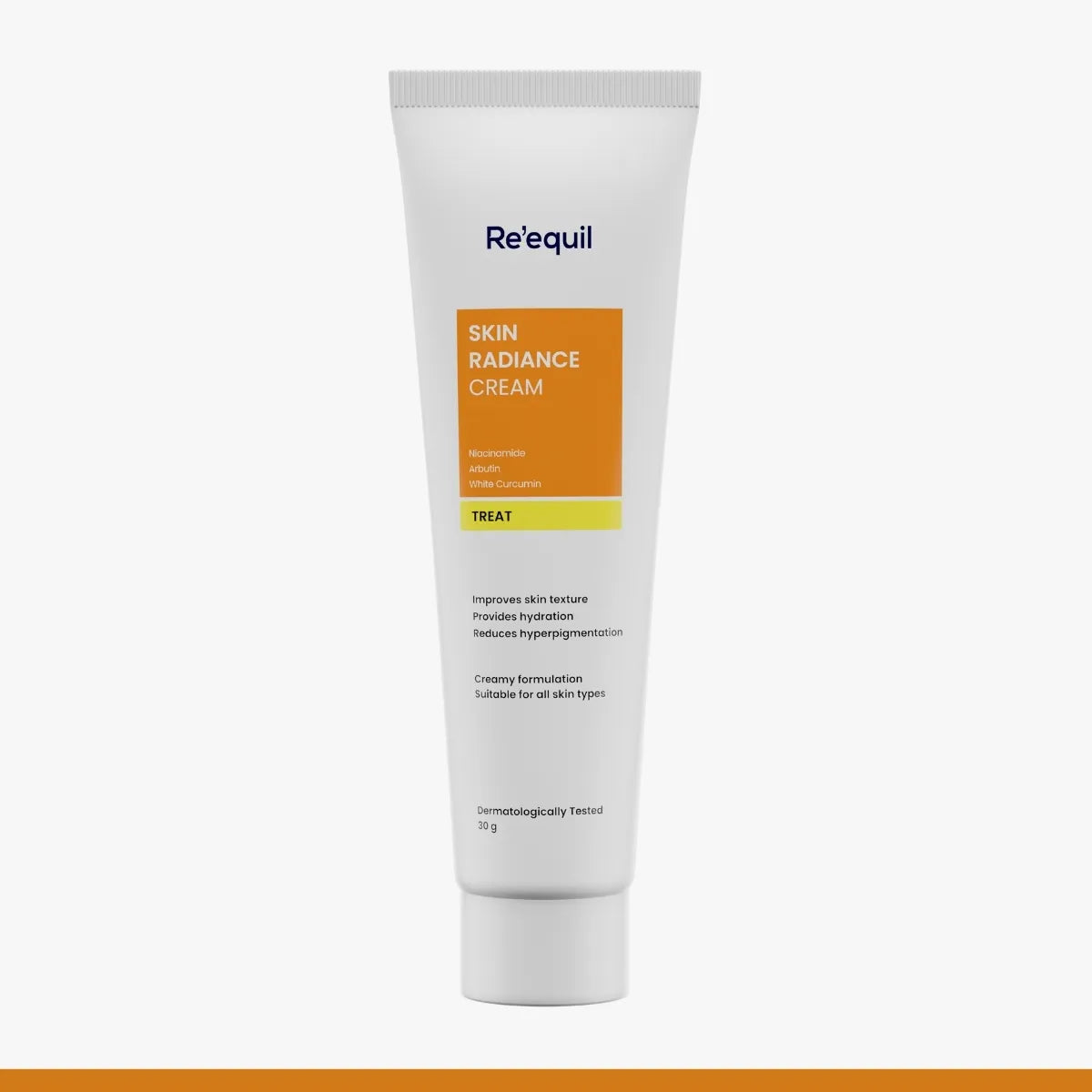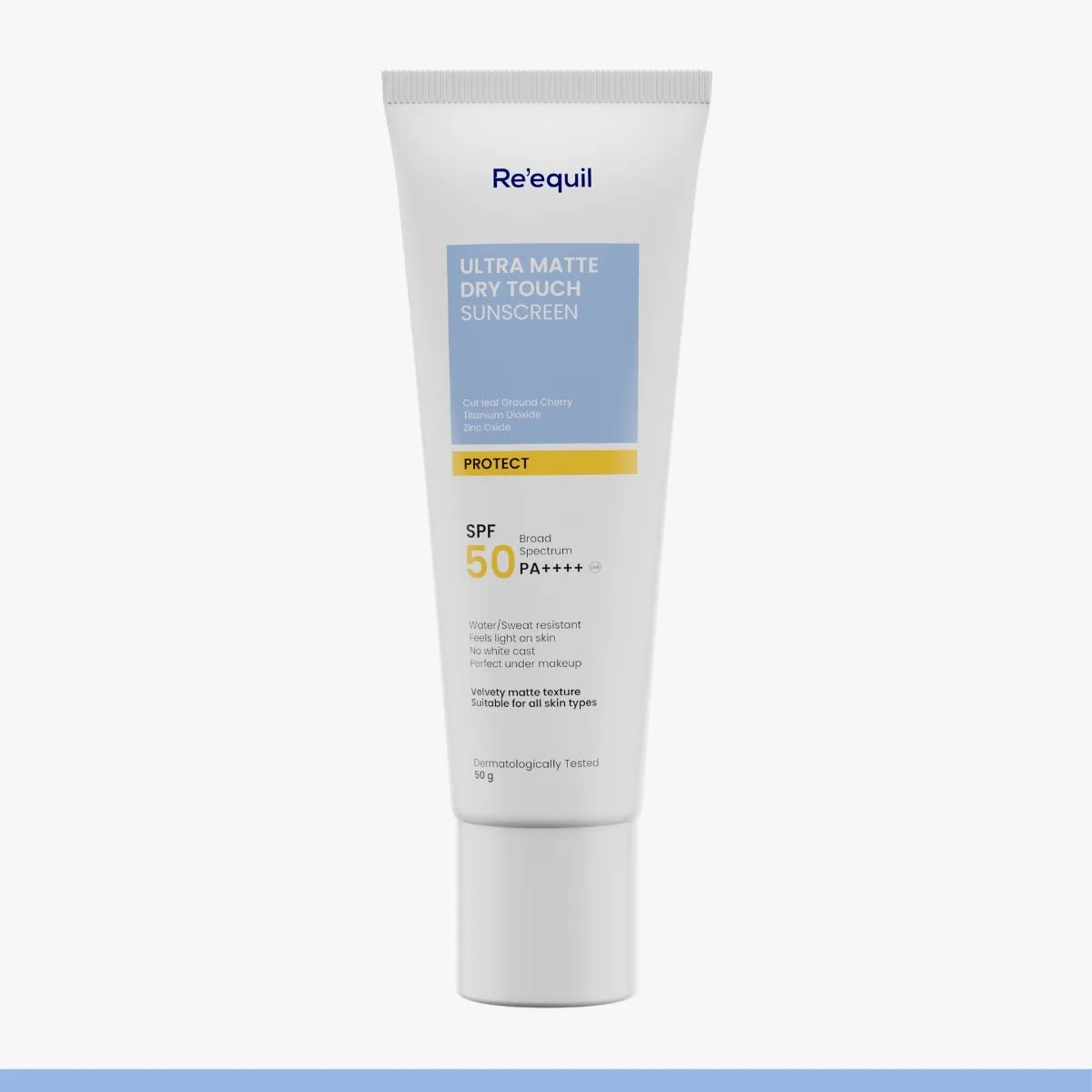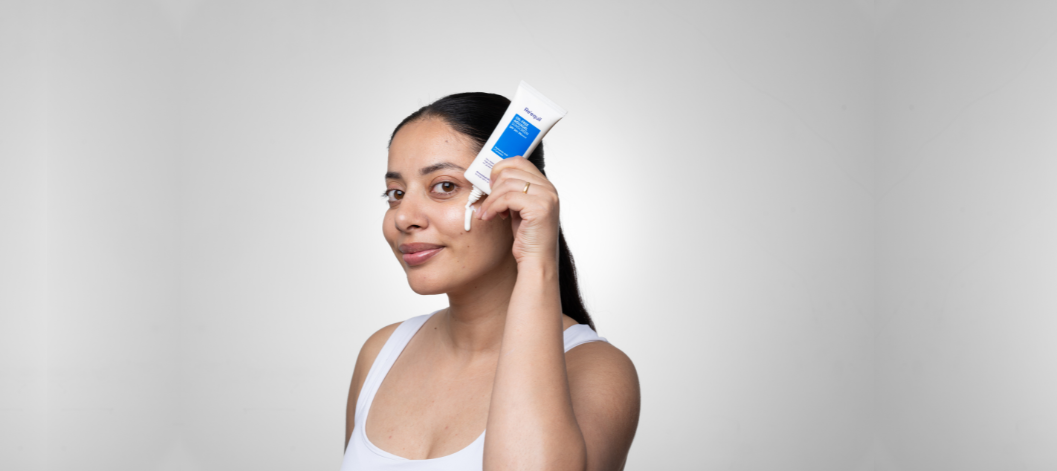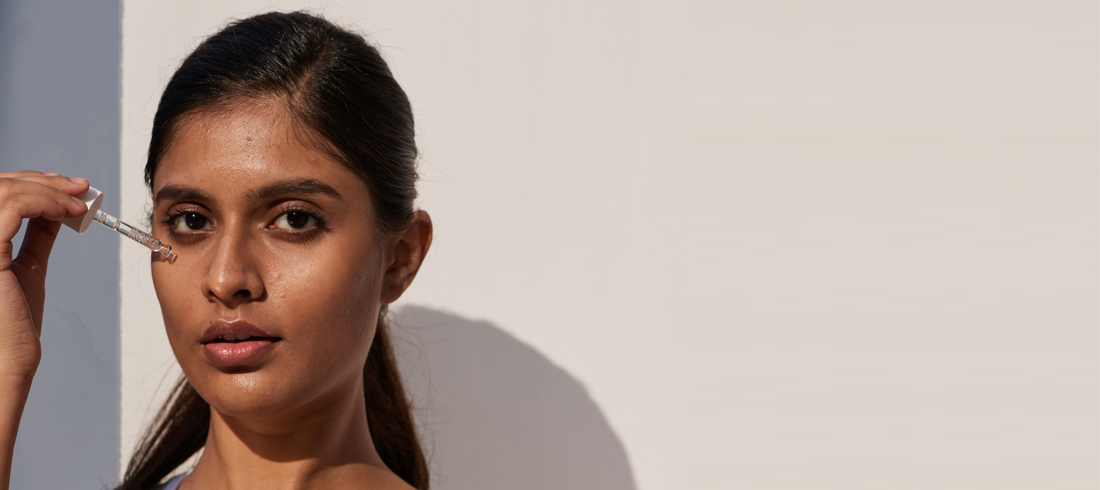Remember when buying sunscreen was simple?
You’d just pick an SPF level, check if it suited your skin type, and that was it.
Now, it feels like navigating a maze. The crowded shelves with technical jargon like SPF, PA, and broad spectrum make the choice trickier than ever.
But among this, there’s one label most people still overlook—water-resistant.
So let’s understand what it means because that small label might be the reason your sunscreen isn’t doing its whole job.
Are sunscreens waterproof?
There's no such thing as waterproof sunscreen. All sunscreens start to wear off once they come in contact with water, sweat, or friction.
And we’re not the ones saying this.
It’s what regulators like the U.S. Food and Drug Administration (FDA), Therapeutic Goods Administration (TGA) in Australia, and the Cosmetic Products Regulation (CPR) in Europe firmly state.
The term is actually banned from being written on sunscreens.
Instead, ‘water-resistant’ is the word you should look for.
What does ‘Water Resistant’ in Sunscreens mean?
According to the FDA and CPR, ‘water resistant’ refers to how long a sunscreen stays intact on wet skin. Based on this duration, products are labelled ‘water resistant’ or ‘very water resistant’.
It determines how long it takes before a sunscreen loses its effectiveness if your skin is in contact with water.
And to understand that, it’s important to define the difference between a water-resistant sunscreen and a very water-resistant sunscreen.
Water Resistant vs Very Water Resistant Sunscreens
FDA, CPR, and equivalent regulators worldwide mandate specifying the exact time for which a sunscreen maintains effectiveness when exposed to water.
Given that, here’s what the terms imply:
- Water resistant: Remains effective for 40 minutes
- Very water resistant: Remains effective for 80 minutes
|
Type |
Duration in Water |
Use Cases |
|
Water Resistant |
40 minutes |
Short sun exposure, light sweating, and everyday physical activities |
|
Very Water Resistant |
80 minutes |
Prolonged water exposure, extreme water sports or physical activity like workout, swimming, indoor and outdoor sports |
Now, here’s the important part: testing the claim is mandatory before putting it on labels.
How are Sunscreens Tested For Water Resistance?
Now that the concept of ‘water resistant’ is clear, let’s understand how sunscreens are tested for it.
Imagine a surface coated with sunscreen and immersed in water for a timed cycle (40 and 80 minutes).
Once the time ends, the effectiveness of the remaining SPF (sun protection factor) is measured. If it still provides at least 50% of its original SPF protection, it qualifies for the water-resistant label.
The method is called ‘in-vitro testing’.
But there’s a twist: Tests are done in controlled lab conditions. Therefore, real-life results could differ. For example, if you’re swimming, sweating, or constantly wiping your face, SPF might not always go the distance.
What makes sunscreens “water-resistant”?
Science and formulation.
Water-resistant sunscreens are formulated with special ingredients that help them adhere to skin and resist being washed away. The usage of such ingredients has drastically evolved in the last decade, and as modern sunscreen technology has improved, film-forming agents like polymers and silicone derivatives have taken precedence.
They work by forming a hydrophobic layer over the skin, making water (or sweat) roll off easily.
Here’s an easy explanation:
Just like a wax layer on cars can make water bead off, film formers give your sunscreen a waxed layer that holds it in place.
Why do water-resistant sunscreens hold importance in India?
Simply put, the climate and our lifestyle.
India has a distinct weather condition with average temperatures soaring above 30°C and humidity levels often above 70% in many regions. Regular sunscreens can’t hold up against such extreme weather.
In addition, lifestyle choices like physical sports, workouts, and other activities also make significant contributions. Hence, water-resistant sunscreens are a mandatory skincare step for Indian skin.
What is the correct way of using sunscreen?
In a country where sweat and sun are part of daily life, water-resistant sunscreen isn’t a luxury—it’s a necessity.
That said, sunscreens are not an ‘apply once and forget’ product. Water, sweat, and physical activity gradually wear away sunscreens. In fact, wiping off your face with a towel can remove around 85% of the sunscreen you had on.
That’s why dermatologists and healthcare advisors often recommend applying sunscreen every 2 hours with no less than 1/4th teaspoon.
So the next time you find yourself in a crowded sunscreen aisle, look for that ‘water-resistant’ label, and use it the way it’s meant to be.
